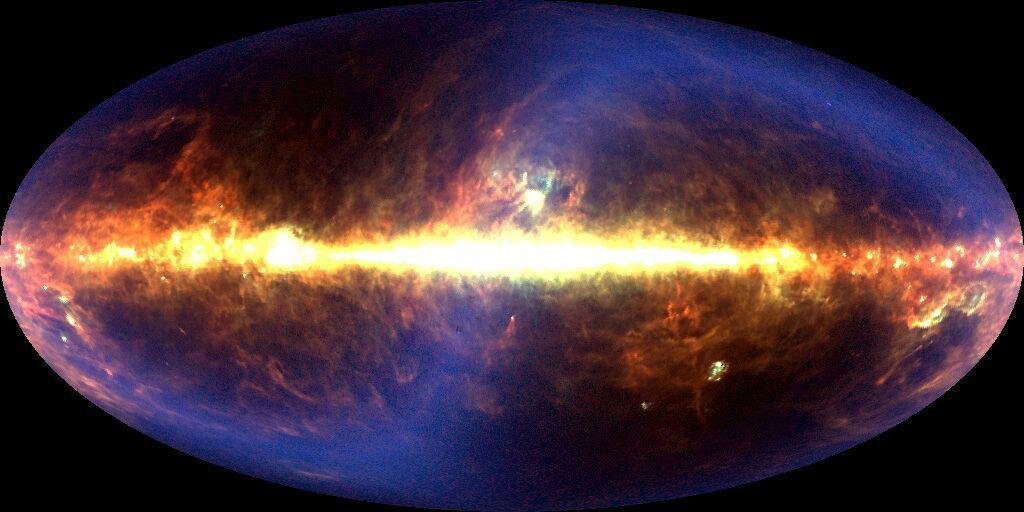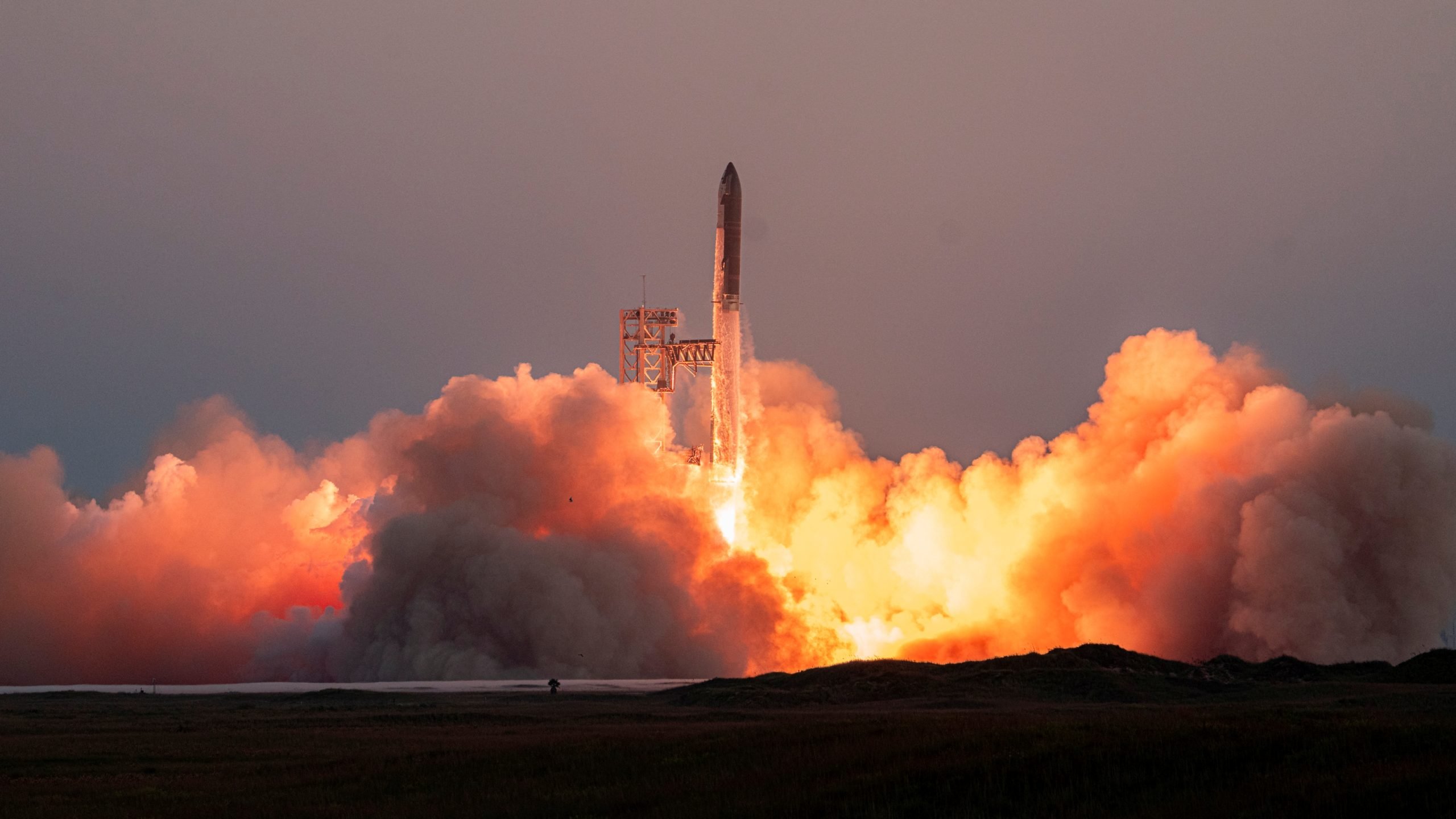Imagine traveling back in time and witnessing the earliest moments of our Universe. What would we see? What would it be like? What would be the main differences from what exists today?
While we cannot make this journey, it is possible to get some unique and illuminating insights into the primeval universe as well as being able to predict how these moments came to be. And it’s all thanks to science that has made some of the most remarkable discoveries in history: cosmic background radiation.
At the beginning of the 20th century, the Belgian astronomer and priest Georges Lemaître put forward the basic assumptions of what? What is known as the Big Bang theory. According to this model, the Universe as we know it had an explosive origin from an extremely hot and dense state about 13.8 billion years ago. However, in the first half of the last century there was little evidence to support this hypothesis.
In 1948, a group of physicists—George Gamow, Ralph Alpher, and Robert Herman—theorized that if the Big Bang did indeed occur, the residual radiation from that primordial event should still be detectable today.
The logic of this hypothesis It is based on the idea that the universe is expanding and has passed through an extremely hot and dense state in its past.. During this time, space was filled with a hot, opaque plasma composed of protons, electrons, and photons. However, the photons were constantly colliding with the charged plasma particles, which prevented their free propagation.
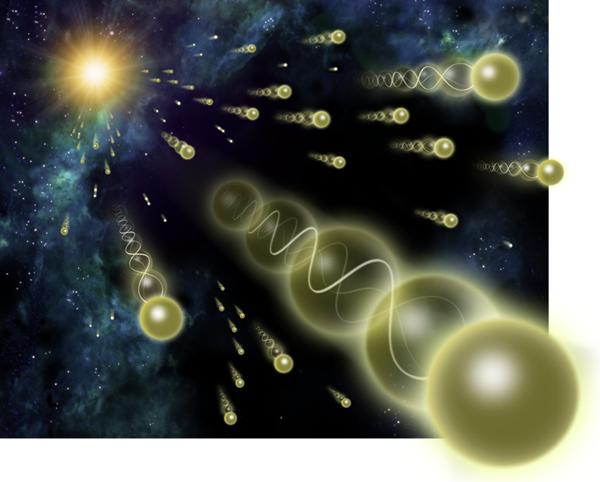
But as the Universe expanded, it cooled. Gradually, the plasma cooled enough to allow electrons to combine with protons to form neutral atoms in a process known as recombination. However, after this event, which occurred approximately 380,000 years after the Big Bang, photons were able to freely travel through space without being continuously scattered by the plasma.
These photons, now in the form of microwave electromagnetic radiation, were “frozen” in that primitive state. Over time, they were stretching and cooling even more due to the expansion of the universe, results in the so-called cosmic microwave background radiation.
Therefore, the presence of this radiation was a direct consequence of the Big Bang theory, as it represented a remnant of the hot and dense first phase of the universe. It remained only to detect it.
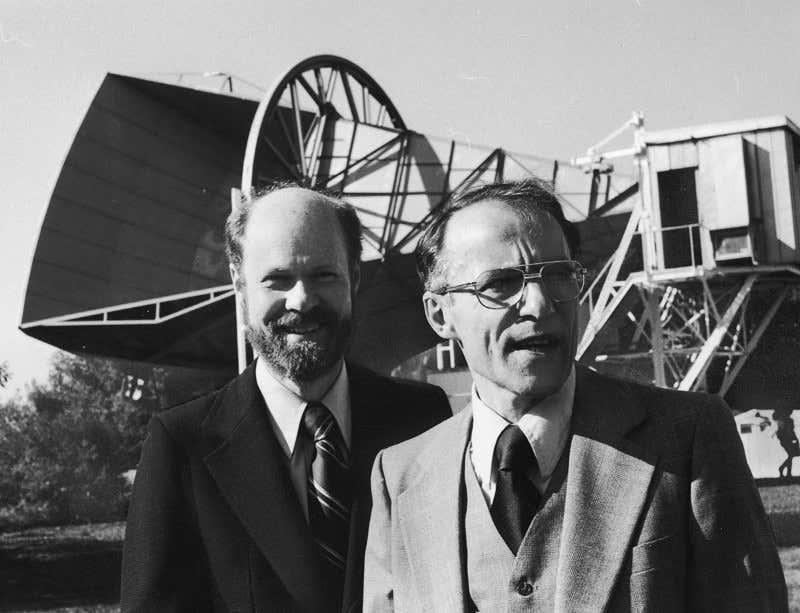
In 1965, two physicists, Arno Penzias and Robert Wilson, working with a microwave antenna at Bell Labs in the United States, encountered constant “noise” in the sky from all directions. At first, they were intrigued by this constant interference, believing it could be artificial noise from the instrument or even some dirt present in the antenna.
It didn’t take long for these sounds to be confirmed as cosmic background radiation that both won the 1978 Nobel Prize in Physics and provided solid evidence of a beginning and expanding Universe, forever revolutionizing our understanding of the Cosmos. .
One of the most notable features of this residual radiation from the Big Bang Its spectral distribution is that of an almost perfect black body, that is, an object that has absorbed all the radiation incident upon it.. When astronomers measure the temperature of this radiation, they find, on average, about 2.7 Kelvin (equivalent to -270.45 °C).
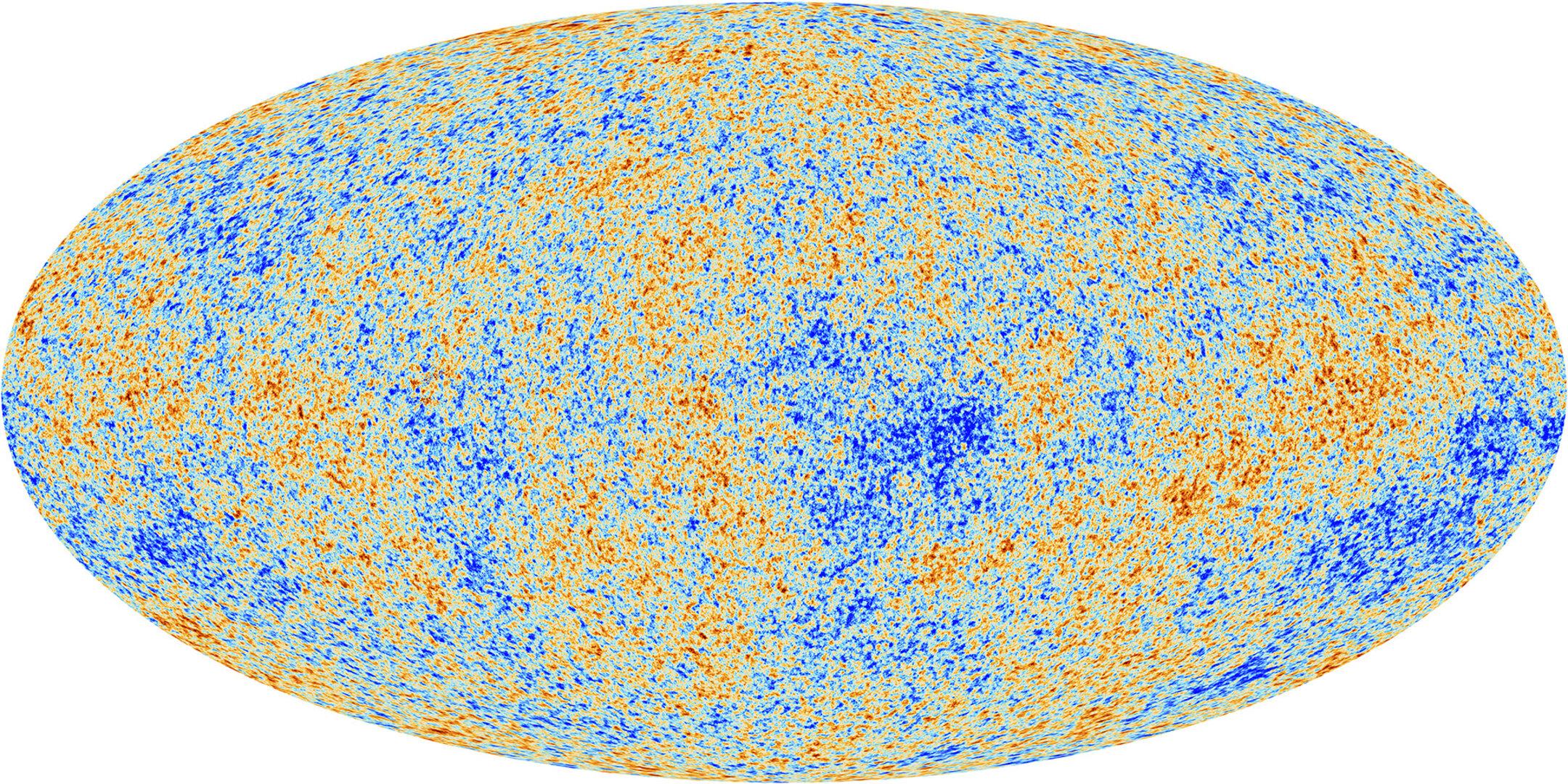
We say “average” because although the cosmic microwave background radiation appears uniform on large scales, detailed studies have revealed small fluctuations in temperature at different points in the sky. These little fluctuations are actually It was extremely important to the evolution of the universefor they are precisely traces of the irregularities that eventually gave rise to the stars, galaxies, and other structures we observe today.
In recent years, thanks to significant technological advances in instrumentation, several space missions have studied the cosmic microwave background with greater precision and mapped it across the entire sky, allowing scientists to study it in incredible detail and offering a privileged window into the beginnings. Our universe and our own origin.
Source: Tec Mundo
I’m Blaine Morgan, an experienced journalist and writer with over 8 years of experience in the tech industry. My expertise lies in writing about technology news and trends, covering everything from cutting-edge gadgets to emerging software developments. I’ve written for several leading publications including Gadget Onus where I am an author.






